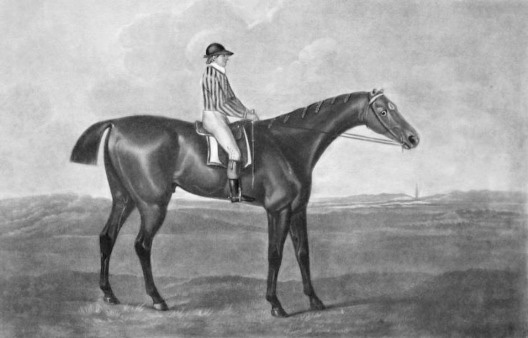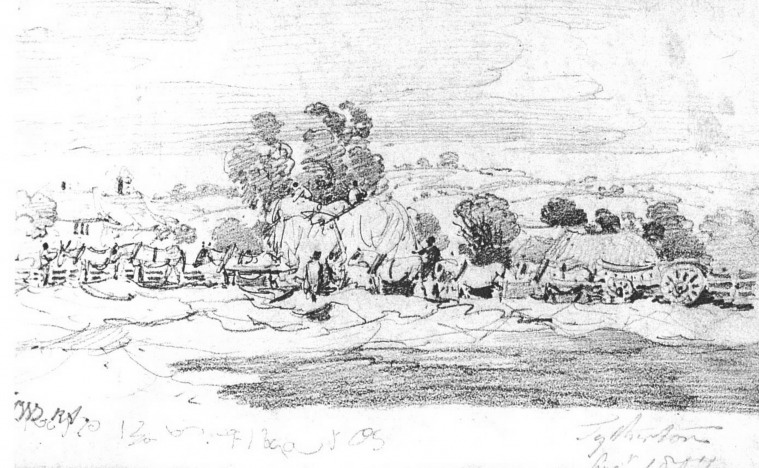The Tytherton Lucas Skyscraper
Written by Louise Ryland-Epton
As odd as it may seem, in the early nineteenth century, Tytherton Lucas had its own ‘skyscraper.’ At the time, the word had a different meaning to the one we have today. It wasn’t a tall building made up of many storeys; it was in fact a nautical term which referred to a triangular topsail. In either case, the definitions do not seem relevant to Tytherton Lucas! However, there was in the period a famous ‘skyscraper’ which did reside in the village. He was, however, a racehorse stallion, a winner of the Epsom Derby, who had been named Skyscraper by virtue of his great height. His fame was such that his name came to mean ‘a tall horse’, usage which is now obsolete.
Skyscraper had been bred by the fifth Duke of Bedford and came from great stock; his sire was Highflyer, an undefeated racehorse. Like some of his forebears, Skyscraper’s image was painted by famed 18th century English painter George Stubbs.

Skyscraper by George Stubbs
After his successful racing career, Skyscraper retired to stud at the Duke’s Woburn seat. However, on the death of his owner, in 1802, he was bought by Thomas Crook, a gentleman farmer from Tytherton Lucas. Crook had an erstwhile reputation as an agricultural improver and livestock breeder. Some of his experiments seem a little odd, such as the rearing of calves without milk feeding them with a decoction of linseed with hay tea or serving horses steamed potatoes. The acquisition of Skyscraper and his diversification into stud ownership and horse breeding gave Crook an air of gentility.
The country’s pre-eminent animal painter, James Ward, painted a number of animals owned by Crook, including the offspring of Skyscraper. From a catalogue of the artist's work, it seems Crook also painted several scenes of Tytherton Lucas. Skyscraper spent the rest of his days at Tytherton, hopefully not being fed on potatoes as he earned the very respectable fee of 10 guineas for each mare he covered. Although Crook owned several properties in the area, it is likely Skyscraper’s home was at Curricombe Farm. Skyscraper lived into his 20s, busy at stud into his last year, a celebratory until the end, although now sadly forgotten.

Haymaking at Tytherton, signed J WARD in 1807. note Bencroft Hill in background. Image courtesy of Dr. Christopher Kent FSA
